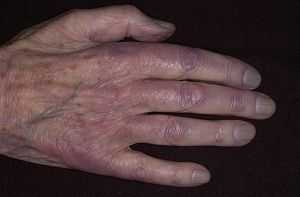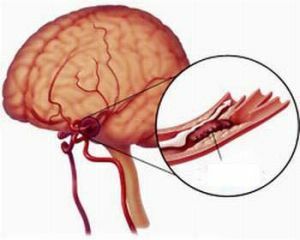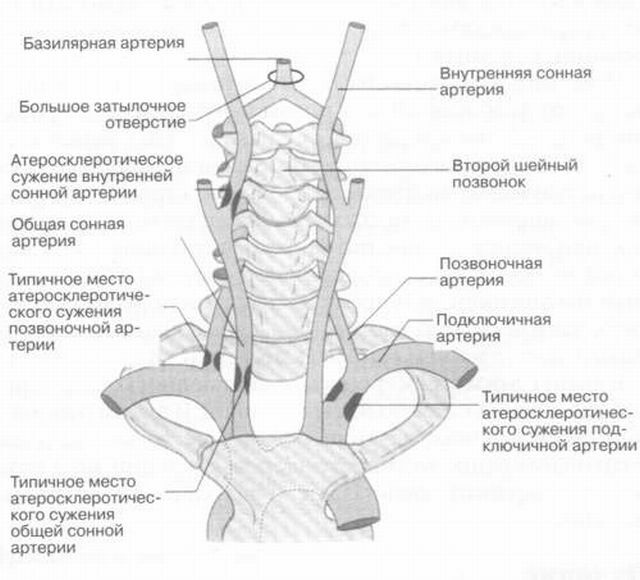Clubfoot (or varus, valgus deformity of the foot) is called the innate (or rarely acquired) change of foot.
When clubfoot heel everts inwardly or outwardly, and the foot itself deviates from the longitudinal axis of the femur and tibia, may receive no physiologic position for walking.
Congenital defect in the two to three times more common in boys, and half of the cases reveals bilateral disease.

Causes
Clubfoot regarded as malformation or traumatic limb deformation in the process of growth.
The risk of birth of the child, even if the family has other members with a similar status - insignificant, no more than 2-5%.
Formation of clubfoot occurs in periods of about 8 to 12 weeks of pregnancy, if there is an infringement of the muscles and ligaments.
The reason for such a violation is:
- intake means potent narcotic drug and the origin (in addition, the impact may exert toxic substance food or water)
- unfavorable ecology,
- work on harmful plants,
- transferred severe infection in the first trimester of pregnancy.
Found an association with congenital clubfoot oligohydramnios (Limited amount of amniotic fluid) in a pregnant woman. Also extends embodiment neuromuscular disease development, thus there is tissue fibrosis (replacement by connective tissue), the nerve fibers are underdeveloped if the foot.
Kinds
All manifestations are divided into certain groups on certain grounds.
For reasons of occurrence are distinguished:
- primary or idiopathic form (it appears as an independent disease)
- secondary clubfoot arising from the impact of other diseases or malformations.
Severity share:
- mild forms, easily amenable to correction without the use of surgery,
- average weight
- severe, disfiguring form that corrects long and repeated operations.
symptoms of clubfoot
Manifestations in expressly seen immediately, the child's foot unnatural curved outwards or inwards, the stop can be deployed.
Mild forms are usually detected in the hospital doctors or podiatrists in scheduled inspections of children in the first year.
Usually defective broken foot range of motion and make it impossible to properly install.
Sometimes there twisting (torsion) of bone in the lower leg area, combined with inflection (inflection) soles. On examination, the child's legs look underdeveloped, especially in the area of the foot, lower leg volume decreased.

Diagnostics
Determine the clubfoot can be still in the womb, during skrinningovogo ultrasound in the second and third trimesters of pregnancy.
However, when such a diagnosis is put, it must be remembered that the clubfoot can be one of the manifestations of certain pathologies (hip dysplasia, spina bifida).
After the birth mother may notice symptoms:
- one or both feet are turned inward, to the groin,
- the inner edge of the foot is raised,
- the outer edge of the foot is lowered,
- tissue around the foot with the inside edge of the short and intense.
When the clubfoot is not treated on time, at the beginning of the active child walking will build on the outer edge of the foot and cause injury legs and spine. In addition, it is impossible to put on these legs shoes, it causes physical discomfort.
clubfoot treatment
Treatment always long and complex, approaches in each case will depend on the type of problem, the child's age and the degree of deformation of gravity.
In the treatment of clubfoot is necessary to observe certain principles:
- early start, ideally in the first days and weeks of life,
- selection of the most effective methods to completely correct the deformation,
- active surveillance and correction before the end of the foot of the growth period of 12-15 years.
Methods of treatment are divided into a conservative (applying correction methods) and operational, with carrying out one or more operations.
The main methods of non-surgical deformity correction are:
- corrective massage, it is prescribed in mild cases, or before the procedure gypsum.
- paraffin baths combined with massage,
- gypsum to correct - thus impose ordinary gypsum as at fractures, locking the foot in the correct position, or as close to it. As you achieve a result or at regular intervals (usually one to two weeks), dressing change with the new setting of the foot. Effectiveness of the method to 60% for early treatment,
- correction of gypsum Pontseti method, a special type of gypsum with increasing treatment efficiency to 90%,
- wearing splints, special orthopedic structures, fixing the foot in the correct position. It is performed individually by a cast legs and fastened at night.
- wearing of the tires with the fixation of the foot in the right position,
- regular cross-linked individual wearing orthopedic shoes.


With the ineffectiveness of conservative measures applied surgical correction of clubfoot. The essence of the operation - in the tendon structure correction transplant it to the tibialis anterior muscle in the area of the cuboid. This helps to further correct the position of the foot. After surgery, it should also be conservative treatment step problems.
Complications and consequences
If the treatment takes place in time, it can be almost completely correct defects in shape and setting of the foot.
If clubfoot treated belatedly applied the wrong methods or treatment is not, there is a formation of subluxation of the bones of the foot. This pathology causes a stop rough skin, atrophy of the leg muscles by shutting them out of the process of walking. After that, begin to break down the function of the knee, because of what disturbed the normal circulation.



